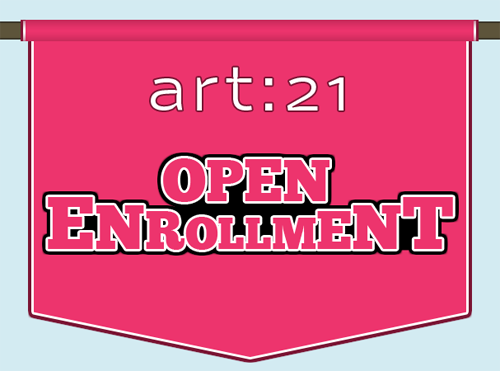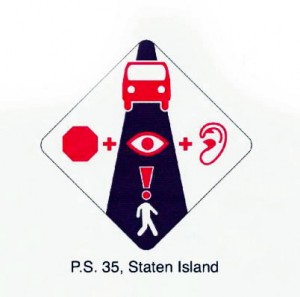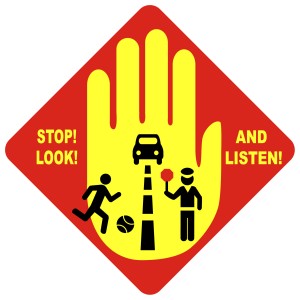This spring, in lieu of yet another show of disparate student work, my MFA class decided to create an entirely collaborative exhibition. The seemingly idyllic idea was to work as a single, cohesive group, putting aside our individualistic practices and egos. As a group of eight, we had an ample and qualified crew, ready and able to realize the blueprints we had so meticulously crafted. But of course, as with any collaboration, problems arise, leaders emerge, and the ideas of some are compromised or cast aside. Ultimately, our individual frustrations subsided, tasks were delegated and our collective work came to fruition.
Now that the show is down I am left wondering, “Is collaboration all that it’s cracked up to be?” Is it worthwhile to subject yourself to stress and compromise in order to maintain the collective spirit?
In an effort to better understand the art of collaboration, I decided to return to the place where my interest in collaboration possibly first began. This place is Groundswell Community Mural Project, a small but growing not-for-profit in Brooklyn, New York, which creates collaborative projects between artists and various community groups and institutions.
At Groundswell I met with two familiar faces, Jackie Chang, the Program Director, and Conor McGrady, an artist and long-term staff member. I previously worked with Jackie and Conor in 2006, when I held an AmeriCorps VISTA position at the organization.
The objective of my visit to Groundswell was to find out how collaboration works on a larger scale. It is one thing for a group of students to work together for a couple of weeks, but quite another when grants, funds, and reputations are on the line. How easy is it for community artists to share their work with youth and teen participants? To what extent can community partners influence or censor the artists’ voices?
I was curious see if Groundswell was collaborating with the same community groups as I remembered. I was also interested to see how many of the same artists and volunteers were still involved.
I soon learned that while some collaborations only last for one project, the average partnership lasts for around three years. I also learned that Groundswell is working to build longer-term partnerships and that they are having the most success with two government programs, the Department of Transportation (DOT) and the Department of Corrections (DOC).
I was particularly interested in the partnership between Groundswell and the DOT, which I had witnessed taking root a few years ago. The collaboration has now yielded a number of public art projects, including a large-scale mural, a mosaic traffic barricade, and a series of safety signs.
After seeing some of projects that have taken place over the past few years, I asked Nicole Schulman, a lead artist at Groundswell, about her experiences collaborating with both youth and the DOT. She told me:
What is important about this project is teaching young people that they can work together to improve their communities. The collaborative element of this, working with a large class of 30+ kids to design one sign, is the most challenging, yet rewarding, part of the process. It’s great to see the students create beautiful signs on their own, but it gets really exciting when we start to discuss as a group what elements from all the youth’s work should be in the final design. We’ve had very mature debates among the students about the message, color and composition of the final product. We try to keep them aware that collaboration is a necessary skill to live and participate in a democratic society, and one that they can call upon when they encounter problems in their community that can only be solved by collective action.
The partnership with Groundswell and the DOT seems to work because both sides can benefit. The projects are successful as public art projects as well as educational and safety tools. It seems too often the case that site-specific or issue-specific work fails on either the social or the art end. In the case of this partnership a common language is created through signs, which can be understood by all parties involved.
In contemporary art, artists are known to pose questions that consequently pose more questions than answers. This practice does not necessarily hold up when artists begin working together or across disciplines. While artists seem to like the idea of answering questions with questions, it is important for there to be a certain level of visual literacy for the project to be understood by more people than the artists at hand. The key to a successful collaboration may be just this, creating a common language that can be understood by all parties involved.
Lily Rossebo is a visual artist and art researcher. She holds a B.F.A. in Printmaking from the Rhode Island School of Design. After graduating, she worked on public art projects in New York and Mexico City. She is now a postgraduate student in the Art, Space + Nature course at the Edinburgh College of Art in Scotland.






